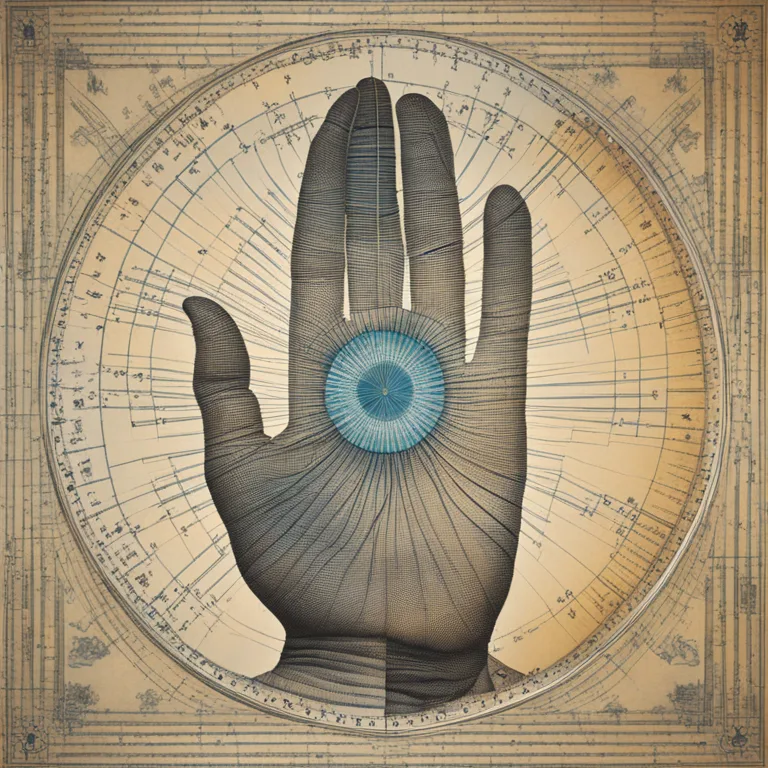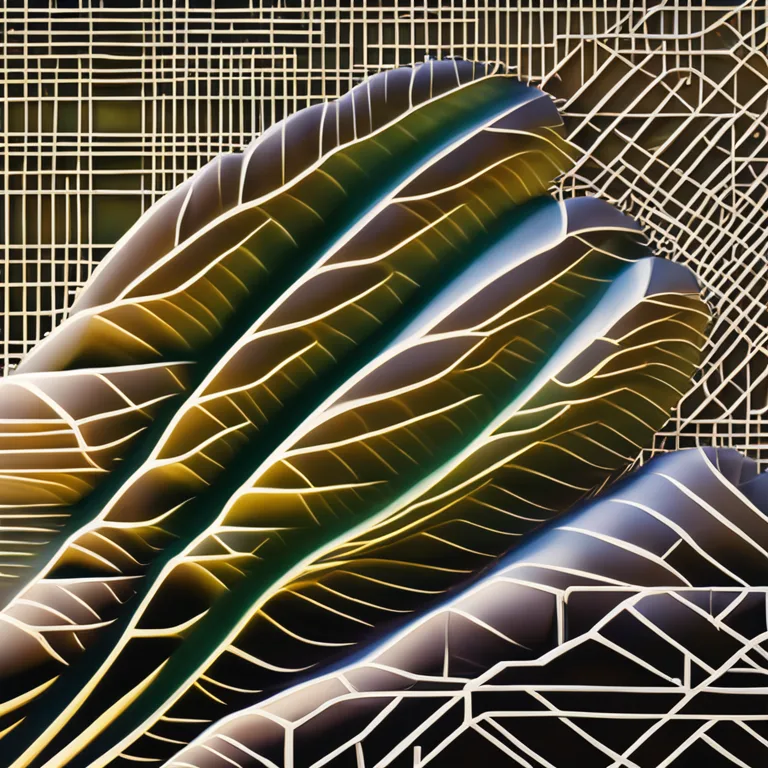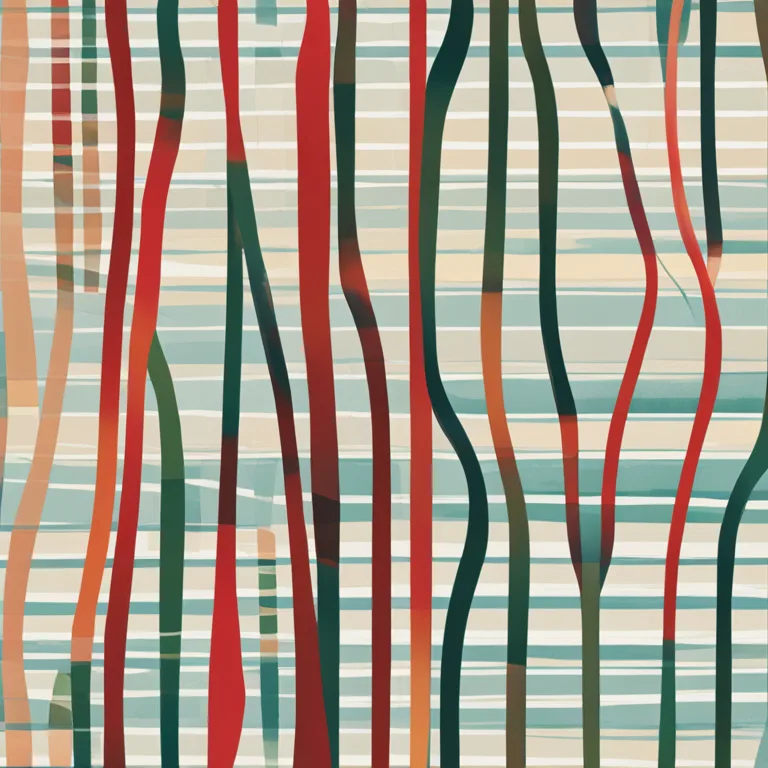
The Genetic Influence on Palm Lines
Delve into the fascinating world of palmistry to understand if the unique patterns of palm lines can be inherited from our ancestors.
article by Nora Pennington
The Intrigue of Inherited Palm Lines
Are the mysterious lines that traverse our palms purely individual traits, or do they carry a print from our familial past? This question offers a thought-provoking entrance into the realm of palmistry. While palmists study these lines to predict one's future or decipher one’s character, the underlying genetic factors contributing to their formation are less frequently discussed. It's commonly accepted among palmists that while the major lines are determined by genetics, their specific trajectories and intersections may be shaped by individual experiences and changes in life.

Science Behind Palm Line Formation
From a scientific perspective, the lines on a palm, known as palmar flexion creases, develop primarily in the womb around the twelfth week of gestation. This development is influenced by factors such as genetic inheritance, environmental aspects impacting fetal growth, and movement patterns of the developing fetus. Nevertheless, despite the genetic factors at play, studies suggest that each individual's palm lines are unique, much like fingerprints, indicating a nuanced interplay between heredity and environmental influences.

Palmistry Viewpoint on Lineage Impact
In palmistry, the examination of one's palm is more than a search for similarities within a lineage; it is seen as a profound interpretation of an individual’s potential, challenges, and life path. Although palmistry practitioners acknowledge some familial resemblance in palm lines, they also emphasize the importance of unique experiences that shape and, at times, alter these lines throughout a person's life. Thus, palm lines are seen as both personal roadmaps and subtle storytellers of one's heritage.

Studies on Palmar Creases
Research into this area reveals that the major palm lines—the heart line, head line, and life line—are somewhat consistent within families, suggesting a hereditary component. However, the formation of these lines is so complex that siblings may exhibit very different patterns, and twins can have palm lines that are not identically matched. Researchers are still unraveling the extent to which genetics influence these lines and what other factors contribute to their final form.
Cultural Considerations in Palm Line Interpretation
It’s important to recognize that cultural narratives around palmistry also play a role in the perception of hereditary lines. In some traditions, certain palm lines that recur within a family may be associated with inherited traits or even destiny. While these beliefs are largely anecdotal and not supported by empirical evidence, they enrich the tapestry of palmistry with deep cultural and familial threads that many find personally significant.
Conclusion: A Blend of Destiny and Genetics?
In conclusion, the intricate designs etched into our palms may tell a story that extends beyond our individual lives, reaching into our genetic past. Although the extent of inheritability of palm lines is not definitively understood, the interplay between inherited traits and personal evolution continues to fascinate both scientists and palmistry enthusiasts alike. Whether seen through the lens of mysticism or biology, the saga of our palm lines remains a captivating enigma.
Published: 1/3/2024
Modified: 1/3/2024
More predictions
Come back here soon to learn more about yourself and your future


The Palmistry Ring of Solomon: A Symbol of Wisdom
Discover the significance of the Ring of Solomon in palmistry and how this palm line reflects wisdom and judgment capabilities.


The Intersections of Palmistry & Psychology
Examine palmistry's role and presence within the field of modern psychology.


The Ring of Solomon in Palmistry
The Ring of Solomon is a palmistry feature with roots in myth and mystique. Discover its meaning and implications for wisdom and intuition.